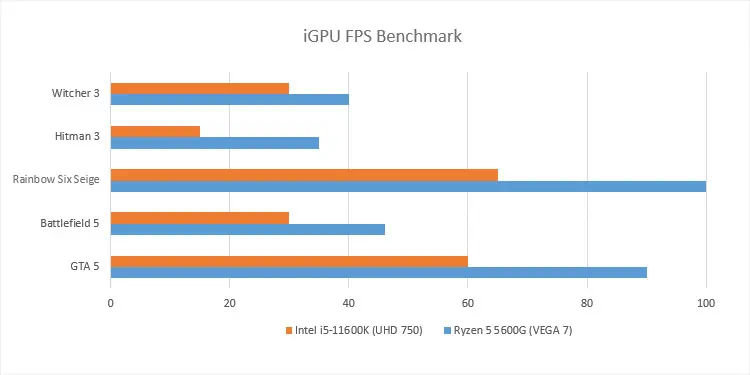AMD produces CPUs as well as APUs as its main computer processors. For the general user, it can be difficult to know exactly the differences and choose the better one for their system.
The main difference is that CPUs are devoid of integrated graphics cores while APUs come with an integrated GPU. While it may indicate that APUs are better than CPUs, there are times when CPU is preferable. You need to account for other variables as well while comparing a CPU with an APU.
A Central Processing Unit (CPU) is the main brain of a computer. It is a serial processor that handles all the non-graphics processing.
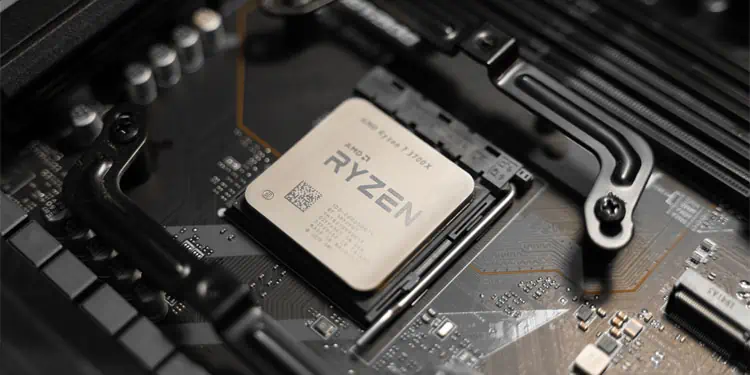
Most graphical tasks require more powerful parallel processors with multiple cores as each individual render requires numerous components to be processed at the same time. This is why you need to use a graphics processing unit (GPU) along with a CPU to properly render graphics.
This is not to say that CPUs can’t process these components. They certainly can, but since they need to compute the individual components serially, there’s a vast difference in their performance compared to a GPU.
Accelerated Processing Unit (APU) is AMD’s proprietary CPU that comes with an integrated GPU (iGPU). So it is capable of both serial processing and parallel processing. The parallel processing cores are used to render graphics and the serial cores handle the rest of the tasks.
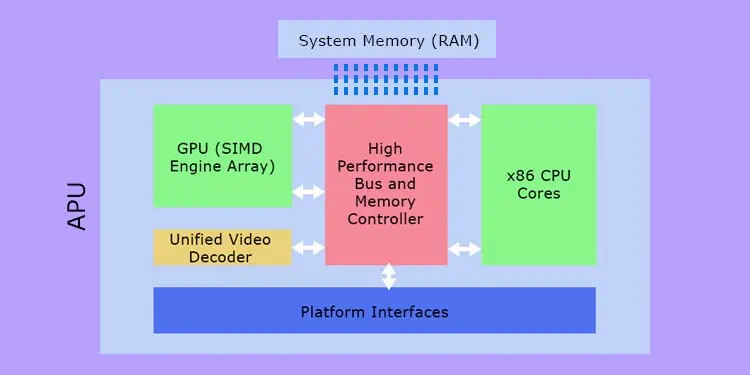
Unlike Intel’s CPU which usually comes with an iGPU, AMD creates APUs as a different line of processors. They call the processors without iGPUs just CPUs, and those with iGPUs as APUs and sell them separately on the market.
Also, previously it was easy to tell which AMD processors were just CPUs (lacked iGPU) and which were APUs. If the name contained a G, for example, AMD Ryzen™ 7 5700G, they were APUs.
At the time of writing this article, all 7000 series processors contained integrated graphics, so they are all APUs even if they don’t have a G in the name.
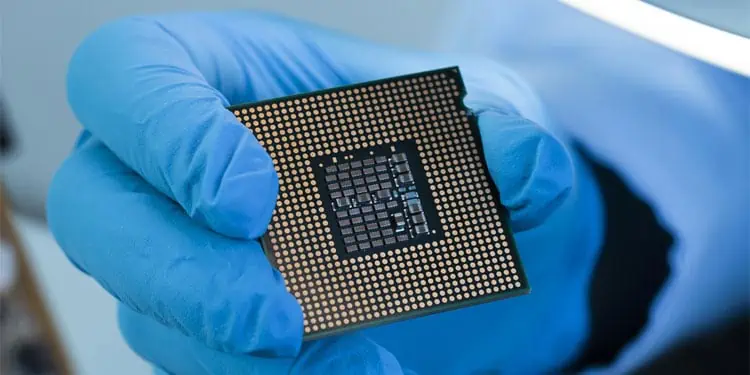
How Exactly Do APUs Differ from AMD CPUs?
Now that you know what CPU and APU are, let’s get into the nitty-gritty of how exactly they differ from one another.
When we consider these two processors, APUs are pricier than CPUs. However, the total cost of CPU + GPU greatly exceeds that of an APU. A good GPU is very pricey and the GPUs you may actually get on the market are even more expensive after the motherboard manufacturer’s customization.
Now, as you might have guessed, the cost directly corresponds to the performance. APUs handle graphics tasks that CPUs can’t. But there are more things you need to consider.
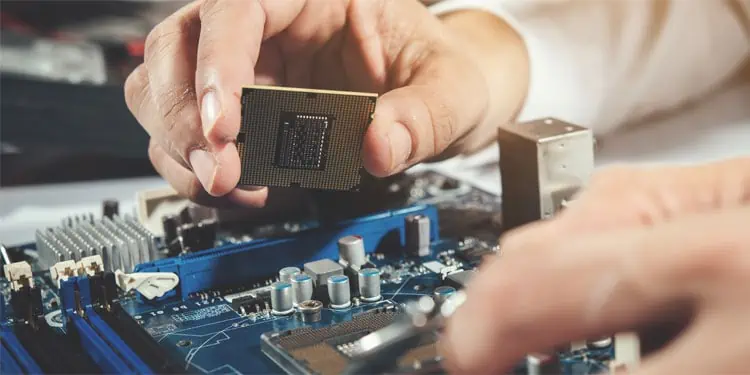
GPUs come with multiple dedicated VRAMs that act as a temporary buffer for the GPU to enhance its performance. But most APUs don’t have such components and they will be using a section of the RAM instead.
So the CPU cores on the APU won’t be able to perform as well as a standalone CPU. And while the latest APUs also provide better performance than most entry-level GPUs, their performance won’t come close to major dedicated GPUs available in the market.
